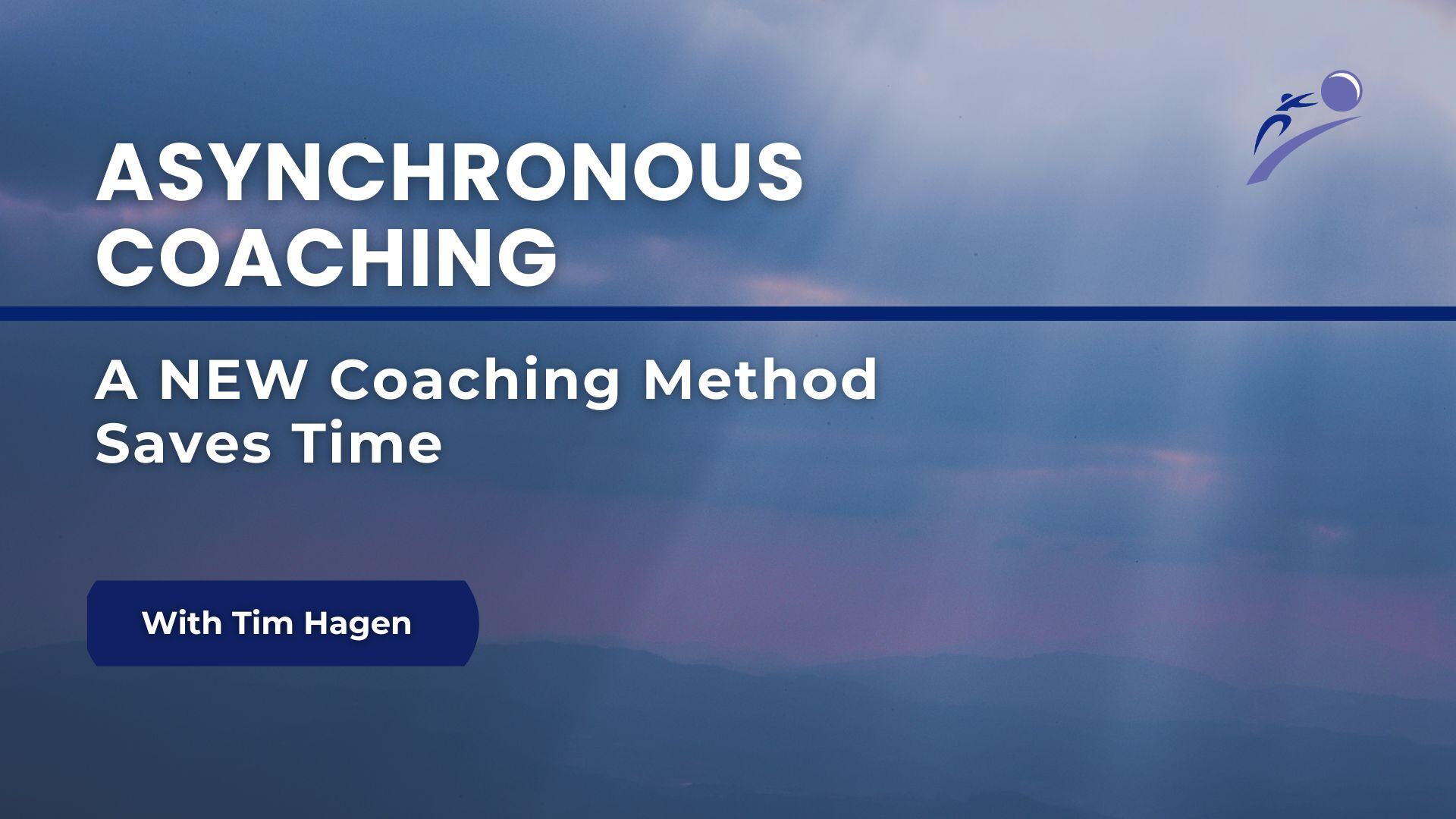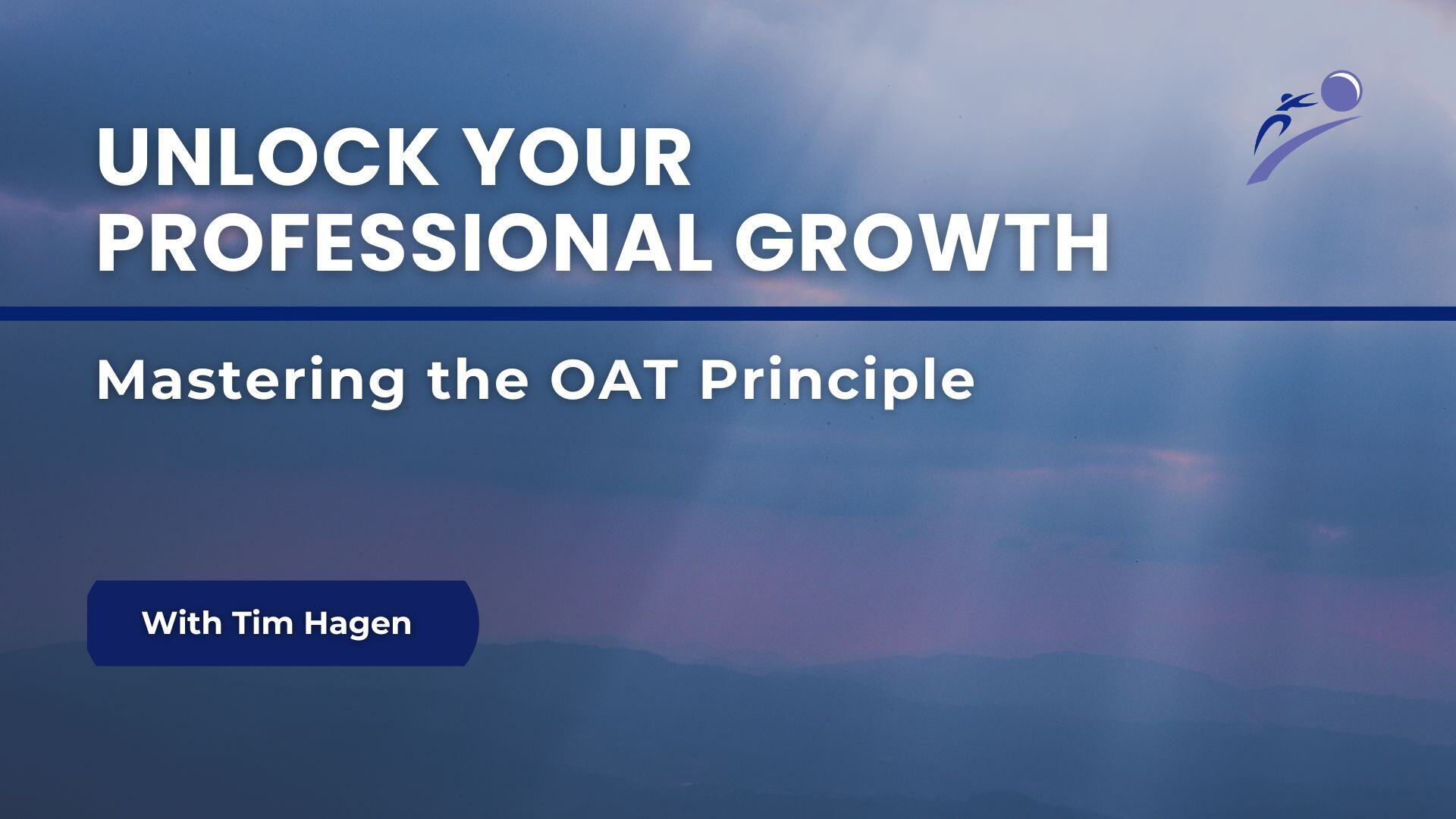Curbside Coaching Part Three: Step Three and Learning Projects

- Specific strategies and techniques as to how you can coach your sales people in the field when traveling with them. Curbside coaching consists of 3 stages: before the meeting, during the meeting, and after the meeting. Each stage provides a great opportunity for you to coach your employee and more importantly, learn about how your employee conducts his or her business.
3 Levels of In-Field Coaching
- Before The Meeting
- During The Meeting
- After The Meeting
3. After The Meeting
As any parent will tell you, the job of parenting children does not stop the day they turn 18, well any parent who plans on their children visiting them in their old age. The same is true of coaching. Even though the meeting has ended, your job as a coach should not. At this point you should have an understanding of how your employee prepares and strategizes for a sales meeting, you should have created a relationship or foundation with your employee, and you should have uncovered the strengths and weakness in your employee’s performance. Use the information you have gathered to evaluate and identify where and how your coaching will best serve your employee.
You can leverage the effects of your coaching by following up with your employee immediately after the meeting has ended, doing so will set the tone for his or her continuous learning. You can use a variety of coaching tools including strategic questioning and learning projects, discussed below, to position your employee to continue his or her learning process independently.
Strategic Questioning
Rating Question: Use rating questions to find out how the employee views him or herself. Rating questions will help you to uncover any discrepancies between your observations of performance and your employee’s perception of his or her performance. Use these discrepancies to narrow your focus of coaching.
Ex) How would you rate your [ ]? Fill the blank in with the following knowledge, skill, or behavior.
Video-Based Question: Use a question rooted in the third party to get your employee to really examine their performance from an outside view and challenge him or her to reflect on the progression of the meeting.
Ex) If someone were videotaping that sales meeting/presentation/customer interaction today what do you think it would show when you play it back?
Learning Project
Learning projects are intermediary activities that you can prescribe to an employee to encourage him or her to continue to learn and progress on their own. Learning projects can be prescribed as activities to complete in between coaching sessions or in between in-field observations, as well as regularly scheduled activities on a weekly, bi-weekly or monthly basis, depending on its purpose and the individual employee. Below are 2 Sample learning projects.
Sample Learning Project # 1
This first sample uses a form of peer-to-peer coaching. Have your employee conduct an informal interview. Choose the teammate you would like your employee to interview, as well as the topic. Choose a topic or situation your employee struggles with, and select a teammate who you think handles this particular situation well. Request that the employee email you what he or she learned as a result of the interview as well as what this employee plans to do in the future to create success regarding the given situation.
Sample Learning Project # 2
The second sample is a reflection technique designed for an employee who enjoys to be challenged or for an employee who may be adversarial or evasive to receiving feedback. This technique needs to be deployed in a methodical, sensitive manner. Request that your employee complete the following:
“I am going to send two things I feel you did really well, two things where you have an opportunity to improve, and I want you to wait 72 hours to respond. Feel free to share the feedback with one of your peers, and then send me back a short action plan you will pursue to improve, as well as sustain what you do well.”
Including the 72-hour period of delayed response disenables the employee to act on any evasive emotion response this may trigger. This technique forces the employee to slow down, process feels, evaluate, and finally respond, hopefully in an honest, logical, cooperative manner.
After The Meeting Coaching Tips and Suggestions
- Avoid, at all costs, reviewing the meeting and coaching items with employees while traveling home. When giving feed to employees it is crucial that they be able to read your facial expression and body language along with your tone of voice and message content. When any one of these aspects is compromised your feedback maybe not be well received.
- Remember the coaching options available to help you help your employees:
- 30 Second Coaching- Use 30 second coaching for quick, on the spot positive reinforcement
- Peer-to-Peer Coaching- As you travel with employees make a note of any trends among them. Take an employee who is struggle in a certain area and pair him or her up with an employee who excels in that area for a peer-to-peer coaching session.
- Group Coaching- If you notice a lack of knowledge or skill among several employees schedule a group coaching session to get them up to speed
- Self-Directed Learning- Assign a book or article to employees so they improve and progress they performance independently.
The key to successfully coaching employees in the field is mental preparation. Have all of your questions ready before you travel to the meeting, know and adhere to your role during the meeting, and hone your abilities to watch and listen even though your instincts may tell you to get up and take action. You have to remember that sitting back and observing during the meeting means that you will be able to better help your employees in the long run. Find a space to meet with your employee after the meeting, without distraction, where your employee will feel comfortable and be open to receiving your feedback.
Download our FREE Whitepaper: 5 Creative Ways to Build Relationships-






